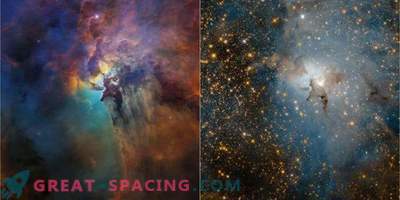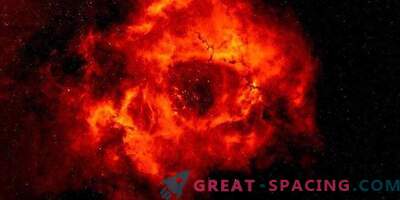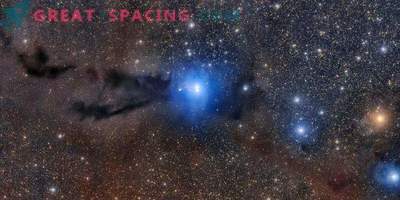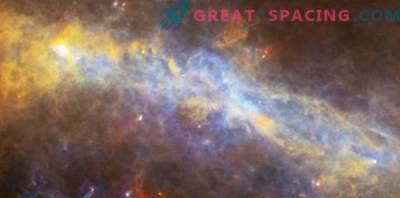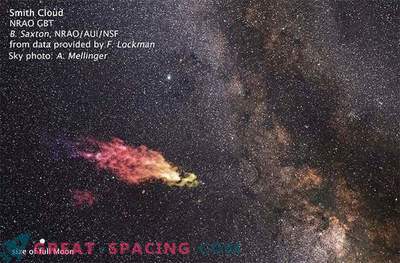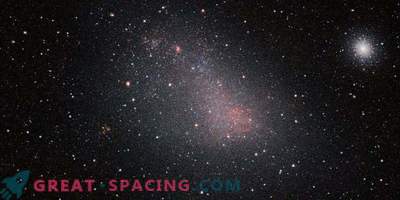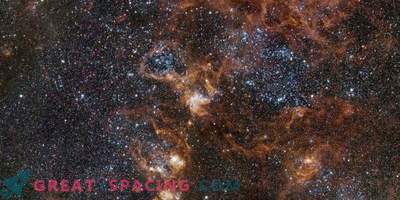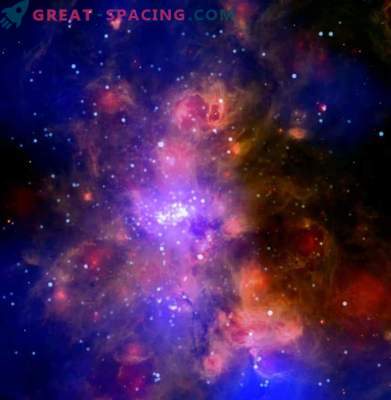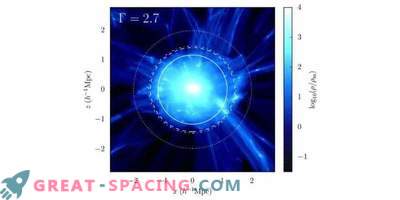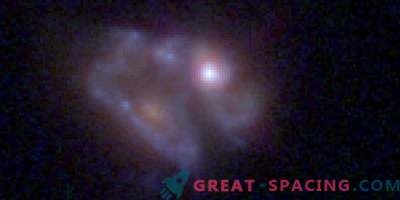
Star nurseries are cloudy and dusty places glowing brightly in infrared light. And the G305 stellar birth complex is no exception. It contains a series of bright, intricate gas clouds, warming from the newborn stars. In the picture from the Herschel Observatory, you can see how these points of the star formation are highlighted in blue, which contrasts with the red-brown color of the cooler places.
The brightest areas surround the dark heart-shaped area on the upper right. Inside is a massive star WR48a and its two neighbors - Danks 1 and 2 star clusters. All of them play an important role in the formation of new stars, although they themselves are relatively young objects whose age does not exceed several million years (the Sun is about 4.6 billion years old).
Powerful winds and radiation from WR48a and stars with high massiveness in two clusters pushed the remnants of gas from the cloud, where they appeared. Swept gas now forms new stars. With the help of the Herschel telescope, it was possible to identify 16 sites where high mass stars are created in this stellar nursery. The region remains one of the brightest and richest star birth complexes in the Milky Way. It is also an ideal time to observe and study massive stars at different stages of formation and evolution.
The G305 complex is 12,000 light-years distant from us and was named after its location at an altitude of 305 ° in the plane of our galaxy. In the night sky appears near the Coal Bag Nebula - a large interstellar cloud of dust.
This shot in the Hi-GAL part is the infrared galactic flat shot of Herschel. Combines three different wavelengths: 70 microns (blue), 160 microns (green) and 250 microns (red). Herschel began work in 2009 and functioned for 4 years, observing at far infrared and submillimeter wavelengths. This allowed to break through the dust in the gas clouds.



